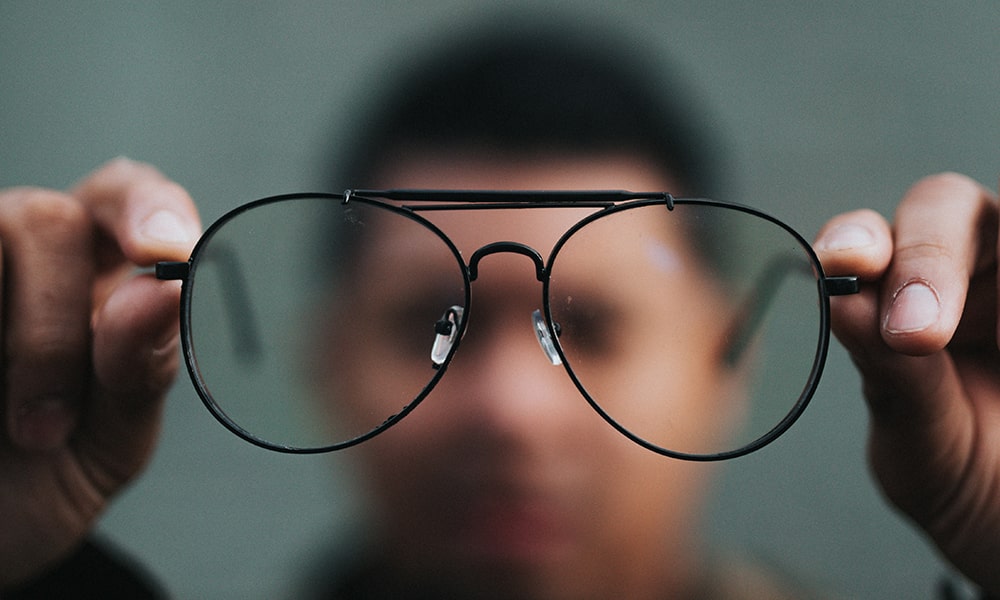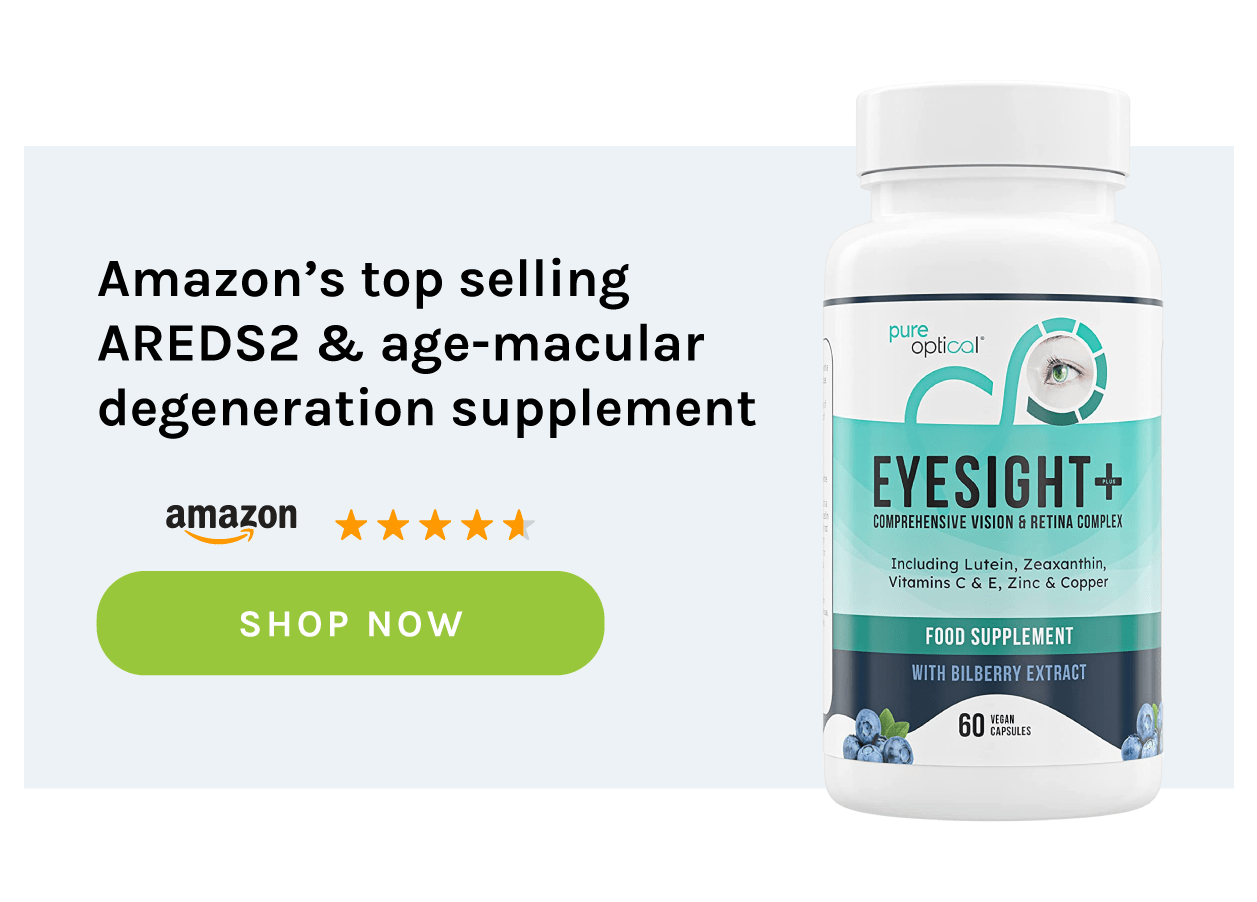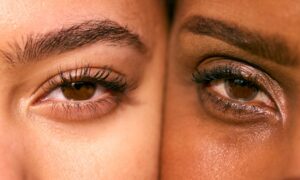Macular degeneration, commonly referred to as age-related macular degeneration (AMD), is the leading cause of vision loss among elderly individuals in the UK. This condition affects the macula, a small central area of the retina responsible for our detailed and central vision. As AMD progresses, it can severely hinder a person’s ability to read, drive, and even recognise faces.
AMD exists in two main forms: dry (non-neovascular) and wet (neovascular). But which form is more severe? In this article, we delve into the characteristics, treatments, and prognosis of both types.
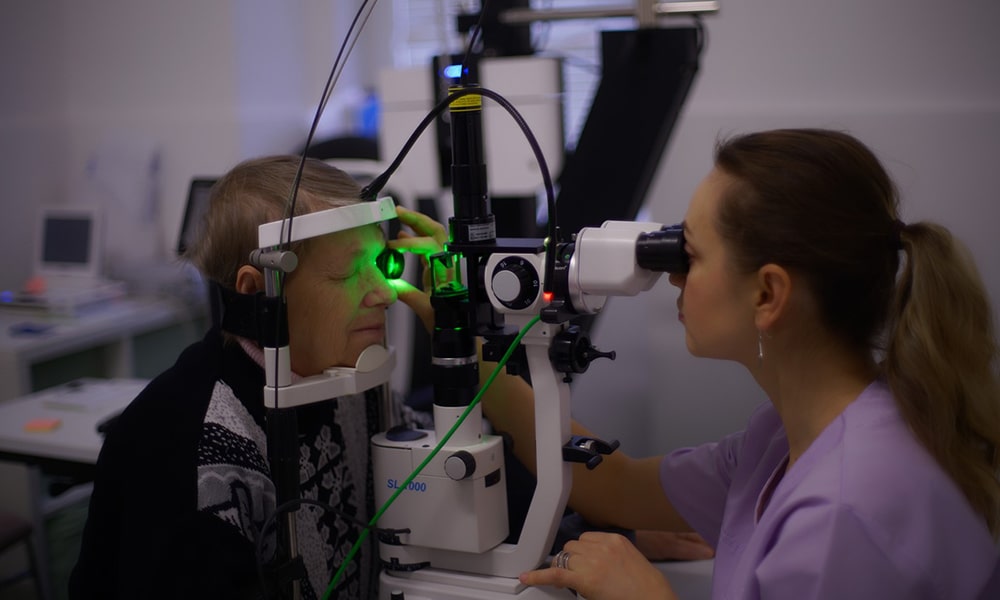
Understanding dry macular degeneration
Dry AMD is the more common form of the disease, accounting for about 80-90% of all AMD cases. Its onset is typically gradual, and many individuals with dry AMD might not notice any significant symptoms in the early stages.
Characteristics
- Drusen formation: Tiny yellow or white deposits called drusen accumulate beneath the retina. While a small amount of drusen can be normal with age, larger and numerous drusen are a sign of AMD.
- Retinal thinning: Over time, the retinal cells in the macula become thin and slowly die, leading to visual disturbances.
Symptoms
- Blurred or hazy vision
- A gradual loss of central vision
- Difficulty adapting to low-light conditions
- Need for brighter light for reading and other tasks
Treatment
Currently, there’s no cure for dry AMD. However, certain lifestyle changes like not smoking, maintaining a healthy diet, and regular eye check-ups can slow its progression. Nutritional supplements like the Eyesight Plus AREDS 2 Vitamins for Eyes have also shown promise in reducing the risk of AMD progression.
Understanding wet macular degeneration
Though less common than its dry counterpart, wet AMD is often more aggressive and can lead to significant vision loss within a short time.
Characteristics
- Abnormal blood vessels: In wet AMD, new blood vessels grow beneath the retina. These vessels are fragile and can leak fluid or blood.
- Macular scarring: The leakage from these blood vessels can lead to scarring of the macula, resulting in rapid and severe vision loss.
Symptoms
- Sudden onset of blurred vision.
- Dark spots or shadows appear in the central vision.
- Distorted vision (straight lines might appear wavy).
Treatment
Wet AMD treatments aim to reduce the number of abnormal blood vessels and prevent leakage. Common treatments include:
- Laser therapy: High-energy laser light can be used to destroy actively growing abnormal blood vessels.
- Anti-VEGF injections: Drugs that block a protein called vascular endothelial growth factor can prevent new blood vessels from forming.
- Photodynamic therapy: A two-step treatment in which a light-sensitive drug is used in conjunction with a laser to destroy abnormal blood vessels.
Comparison: which is worse?
While dry AMD is more common and tends to progress slowly, wet AMD is generally considered more severe due to the following reasons:
- Rapid progression: Wet AMD can lead to significant vision loss in a matter of weeks or months, unlike dry AMD, which can take years.
- Potential for severe vision loss: Due to the risk of scarring, wet AMD can cause a more substantial loss of central vision than dry AMD.
However, it’s important to note that dry AMD can eventually progress to wet AMD. Hence, regular eye check-ups are crucial to detect and manage the condition early.
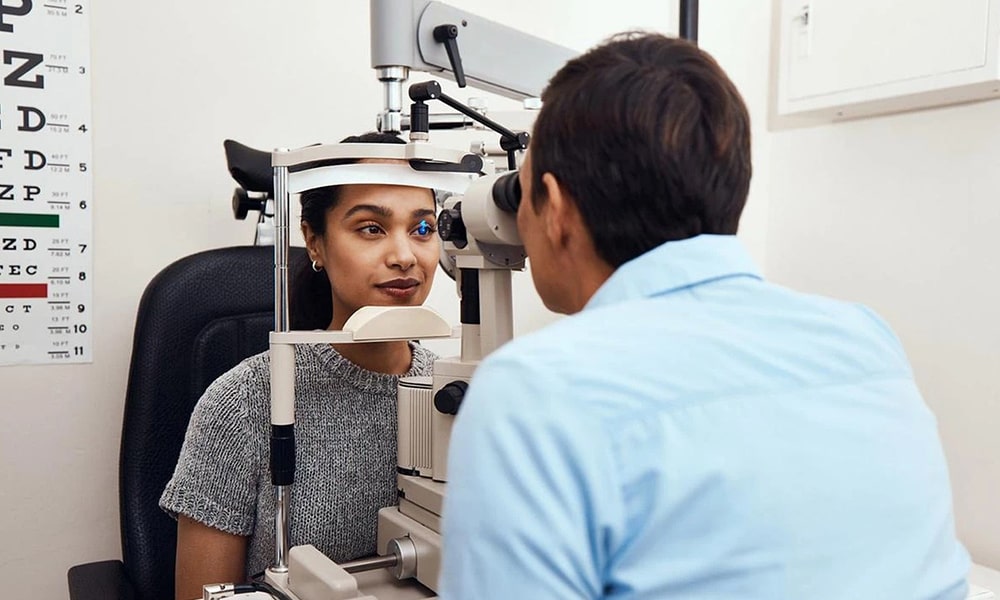
A deeper dive into the root causes
Understanding the potential causes and risk factors of AMD can help shed light on the severity and progression of the disease.
1. Genetic factors
Genetics play a role in the development of both dry and wet AMD. Certain genes have been identified that can increase the risk. If AMD runs in the family, regular eye check-ups become even more critical.
2. Environmental factors
Exposure to ultraviolet (UV) light, particularly from the sun, can increase the risk of AMD. Protecting the eyes with sunglasses that block 100% of UVA and UVB rays is essential.
3. Smoking
Smoking is one of the most significant modifiable risk factors for both dry and wet AMD. Individuals who smoke are at a substantially increased risk of developing AMD than those who do not.
4. Cardiovascular disease
People with high blood pressure or other heart conditions might have an elevated risk of developing wet AMD.
The impact on daily life
While we have identified wet AMD as generally more severe, it’s crucial to understand the real-life implications of both conditions.
1. Driving
Both forms of AMD can make driving difficult, especially at night. The loss of central vision can hinder a person’s ability to see traffic lights or read road signs.
2. Reading and writing
Fine tasks such as reading small print, writing, or even threading a needle can become incredibly challenging.

3. Facial recognition
As the disease progresses, recognising faces, even of close family members, can be a struggle. This can lead to emotional and social challenges.
Support and coping mechanisms
Living with AMD requires a combination of medical treatments and lifestyle adjustments.
1. Visual aids
Many individuals with AMD benefit from visual aids like magnifying glasses, large-print books, or screen-reading software for computers.
2. Home modifications
Simple changes in the home, like increased lighting and high-contrast settings, can make daily tasks easier.
3. Support groups
There are numerous support groups for individuals with AMD. Sharing experiences and coping mechanisms can be therapeutic.
Both types of AMD can impact your life
While comparing dry vs. wet AMD underscores the latter’s severity, both forms of the disease can profoundly impact quality of life. By understanding the causes, real-world implications, and available treatments, individuals can better prepare and manage their condition.

